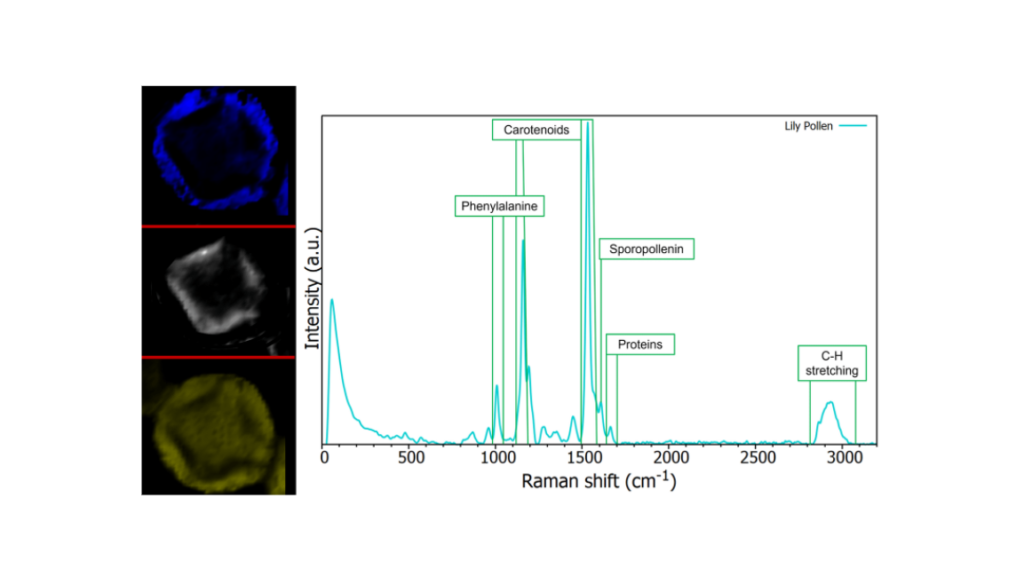Menu
The 20th of May marks World Bee Day, aiming to raise awareness about the importance of bees in our ecosystem. Bees are vital to pollinate the food we eat as well as the trees and flowers which are habitats for wildlife, thanks to bees we can enjoy a range of foods from apples to coffee. Approximately 75% of the world’s crops depend, to some degree, on pollinators to provide high yields of good quality fruits, vegetables, nuts, seeds, and oils. In history, farms had no concerns about pollination thanks to high populations of pollinating insects such as bees in natural abundance. However, due to the increased population demanding more crops, habitat destruction, and the use of fertilisers bee communities are dropping.1

Figure 1: Facts about bees.
“The pollinator crisis” refers to the decline in global pollinator populations as they become increasingly endangered, confirmed by reports by the UN and Greenpeace. 2,3 Decreased pollinators results in less biodiversity and lower quality fruits and vegetables being produced, meaning higher quality crops coming at a higher price. Bees are perfect pollinators; they have pollen baskets, or corbiculae, on their hind legs formed by hairs which allow for efficient transport of pollen. Whilst there are many other pollinating species, bees are generally the most effective because they visit many flowers and carry many types of pollen.
Pollen is a powdery substance produced by flowering plants, it contains a bee’s nutritional requirements: sugar, carbohydrates, enzymes, proteins, vitamins, and minerals. The scientific name for pollen seed is ‘microgametophytes’ and these produce the male gametes which, via pollination, find their way to the female stigma of plants resulting in fertilisation, Figure 2. The nectar and pollen honeybees return to their hives with is turned into honey, which they store for winter months.

Figure 2: Pollination via bees.
The study of pollen is called palynology and its important for understanding ecosystems, whilst also finding use in forensics and archaeology. Using Raman microscopy, we can map individual pollen grains and identify their species. Additionally nutrient levels can be assessed, important for determining if bees are getting the diet they need. Pollens studies provide insight into pollinator biodiversity and plant-pollinator interactions which in turn allows researchers to gain information about cultivated crops in the area. Figure 3 shows Raman mapping data acquired on an RMS1000 Raman Microscope from lily pollen using a 638 nm excitation laser.

Figure 3: (a) Raman map of lily pollen grains (b) Average Raman spectrum from lily pollen (c) False coloured Raman maps highlighting the outer wall (blue), inner wall (white), and proteins (yellow) of lily pollen.
Figure 3(a) shows a Raman map of two pollen grains, and an average spectrum in Figure 4(b) with band assignments. Pollen grains are protected by their outer wall, formed by sporopollenin, and inner wall, formed of cellulose and pectin which, in part, contribute to the C-H stretching vibrations. Most other bands in the pollen spectrum are caused by the stretching and bending vibrations of carbohydrate, lipid, and protein molecules. Proteins are a major constituent of pollen grains and represent the yellow areas shown in the Raman map in Figure 3(a). The Raman spectrum is dominated by two bands, C=C stretching at approx. 1525 cm-1 and C-C stretching at approx. 1155 cm-1, these strong peaks are caused by the effect of Resonance Raman from carotenoids, highlighted in pink (Figure 3(a)). They are only present at low concentrations in pollen, however, the enhancement from resonance Raman results in their peaks being greatly enhanced and contributing significantly to the spectrum.4,5 Removing the carotenoid bands, Figure 3(c), we can see the distribution of the sporopollenin which makes up the outer cell wall (blue), the inner cell wall can then be visualised (white),and the broad location of proteins throughout the pollen grain (yellow).
If you want to stay up to date with Edinburgh Instruments latest news, sign up to our newsletter. Interested in finding out more about our Raman Microscopes, contact one of our sales team who would be happy to discuss our range of spectrometers to suit your research needs.




